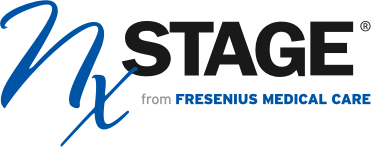NxStage Is the Smart, Simple Solution
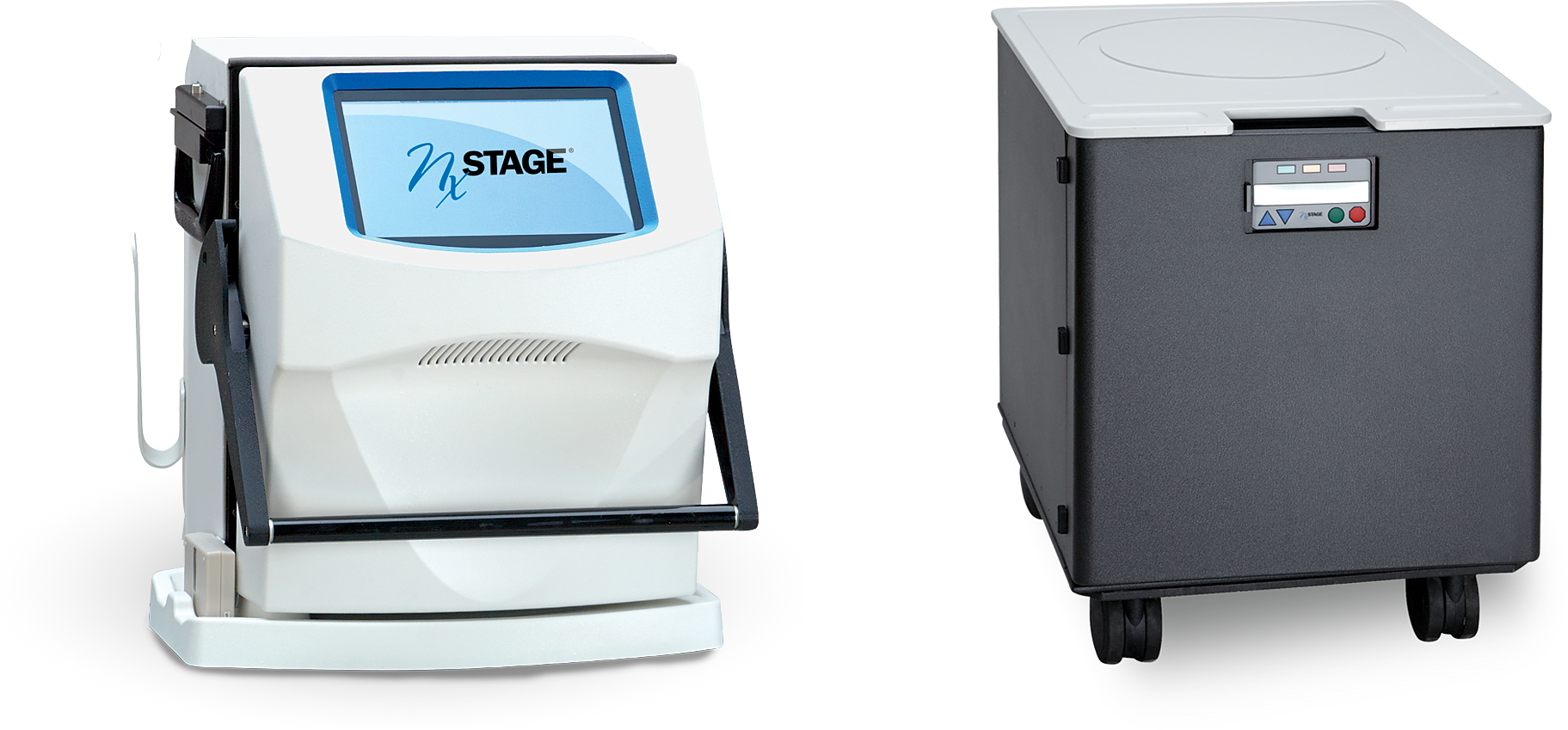
Cycler and PureFlow™ Equipment Swaps
Our service model is equipped to handle cycler and PureFlow equipment swaps within 24 hours to minimize treatment disruption.

Reassuring 24/7 Technical Support provides assistance with equipment issues and answering patient and care partner questions. Our Technical Support team has extensive technical training and years of experience.

80% First Call Resolution Rate. Technical Support is able to resolve the issue during the first call for the majority of patients.*

Patients utilizing Nx2me Connected Health® can also connect with the technical support team via Nx2me™ Link virtual sessions.
Dialysis experience
HHD treatments and counting

Solo HHD
During waking hours

Nocturnal HHD
Overnight, while you and your care partner sleep
NxStage systems are the only HHD machines in the U.S. available to perform Solo & Nocturnal treatments.
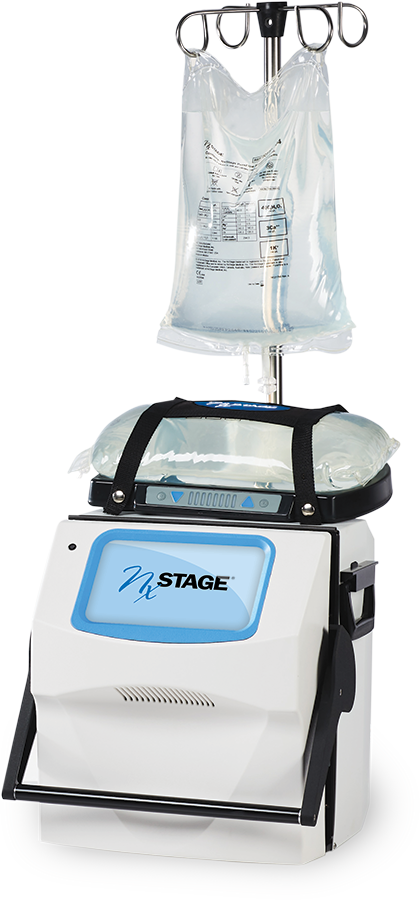
Pre-mixed Bagged Dialysate
NxStage systems are the only HHD machines in the U.S. that can use pre-mixed bagged dialysate to avoid missing treatments during emergency loss of water or planned travel.
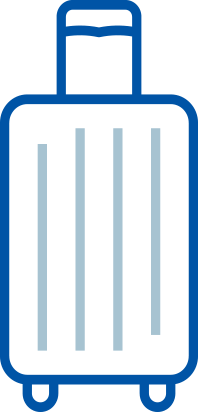
Over 70% of NxStage Users Travel*
NxStage systems are the only home hemodialysis machines weighing less than 80 pounds, making them the most portable HHD cyclers for those who love to travel.
Since 2010, NxStage has completed over 24,000 US travel prescriptions* so patients can treat where and when they need to.
Talk to a Patient Consultant

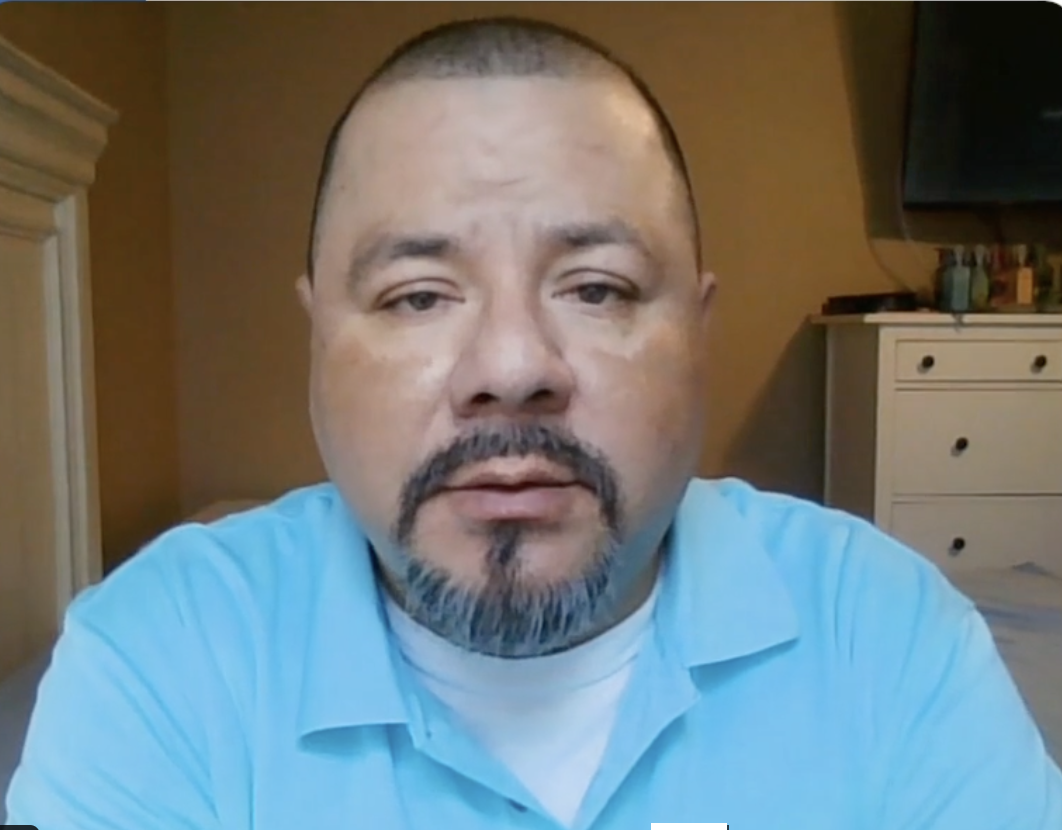
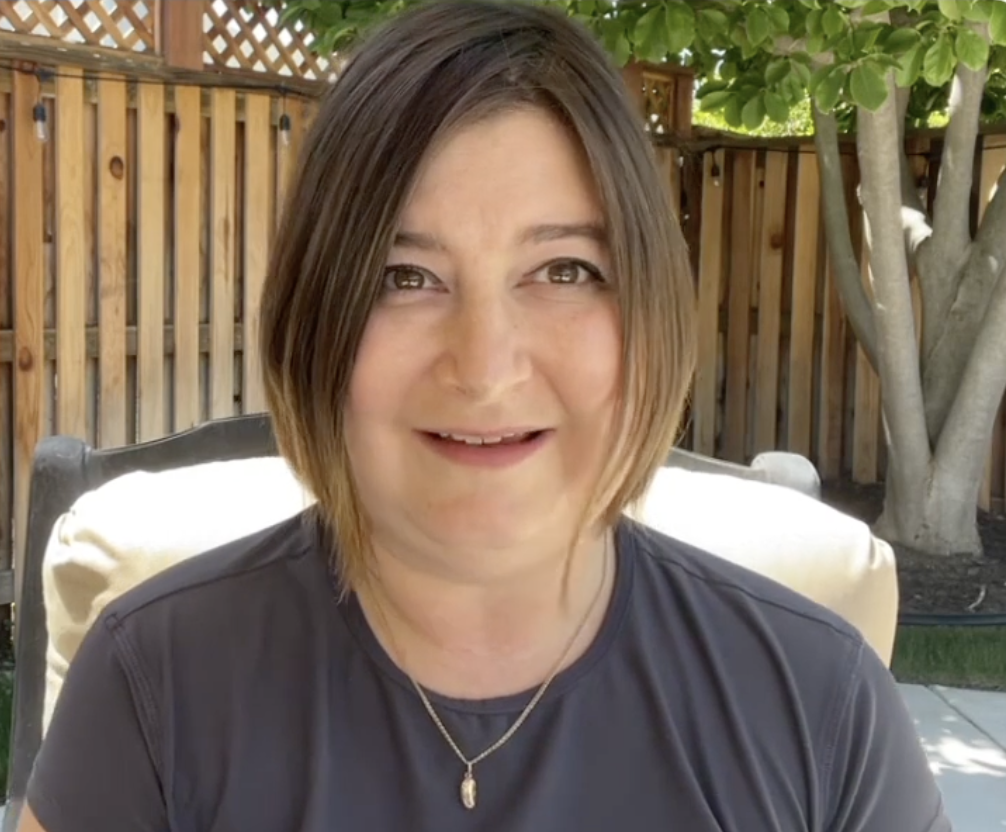

Patients should review the following information carefully and discuss it with their doctors to decide whether home hemodialysis with NxStage systems is right for them.
Users should weigh the risks and benefits of performing home hemodialysis with NxStage systems.
- Medical staff will not be present to respond to health emergencies that might happen during home treatments, including, among other things, dizziness, nausea, low
blood pressure, and fluid or blood leaks. - Users may not experience the reported benefits of home, more frequent, or nocturnal hemodialysis with the NxStage systems.
- The NxStage systems require a prescription for use.
Users will be responsible for all aspects of their hemodialysis treatment from start to finish.
- Medical staff will not be present to perform home treatments. Users will be responsible for, among other things, equipment setup, needle insertions, responding to and resolving system alarms, system tear-down after treatment, monitoring blood pressure, ensuring proper aseptic technique is followed, and following all the training material and instructions that nurses provide.
Users will need additional resources to perform home hemodialysis.
- Users will need a trained care partner to be present during your treatment at home (unless their doctor prescribes “solo/independent” home hemodialysis, described below).
- Users must have a clean and safe environment for their home treatments.
- Users will need space in their home for boxes of supplies necessary to perform home hemodialysis with NxStage systems.
Certain forms of home hemodialysis have additional risks.
- If a doctor prescribes home hemodialysis more than 3 times a week, vascular access is exposed to more frequent use which may lead to access related complications, including infection of the site. Doctors should evaluate the medical necessity of more frequent treatments and discuss the risks and benefits of more frequent therapy with users.
- If a doctor prescribes “solo/independent” home hemodialysis without a care partner during the day, risks of significant injury or death increase because no one is present to help users respond to health emergencies. If users experience needles coming out, blood loss, or very low blood pressure during solo/independent home hemodialysis, they may lose consciousness or become physically unable to correct the health emergency. Users will need additional ancillary devices and training to perform solo/independent home hemodialysis.
- If a doctor prescribes “nocturnal” home hemodialysis at night while the user and a care partner are sleeping, risks increase due to the length of treatment time and because therapy is performed while the user and a care partner are sleeping. These risks include, among other things, blood access disconnects and blood loss during sleep, blood clotting due to slower blood flow or increased treatment time or both, and delayed response to alarms when waking from sleep. A doctor may need to adjust users’ medications for nocturnal home hemodialysis, including, among other things, iron, Erythropoiesis-Stimulating Agents (ESA), insulin/oral hypoglycemics, anticoagulants, and phosphate binders.
-
* NxStage data on file, September, 2022.* NxStage data on file, April 2017. Survey conducted in 2017 in 142 current home HD patients. After explaining solo HD and its risks, 67% of surveyed patients doing HHD for more than 1 year were already performing solo or would do solo HD if they no longer had a care partner.Lindsay RM, Heidenheim PA, Nesrallah G, Garg AX, Suri R, Daily Hemodialysis Study Group London Health Sciences Centre. Minutes to recovery after a
hemodialysis session: a simple health-related quality of life question that is reliable, valid, and sensitive to change. CJASN. 2006;1(5):952-959.
doi:10.2215/CJN.00040106.


